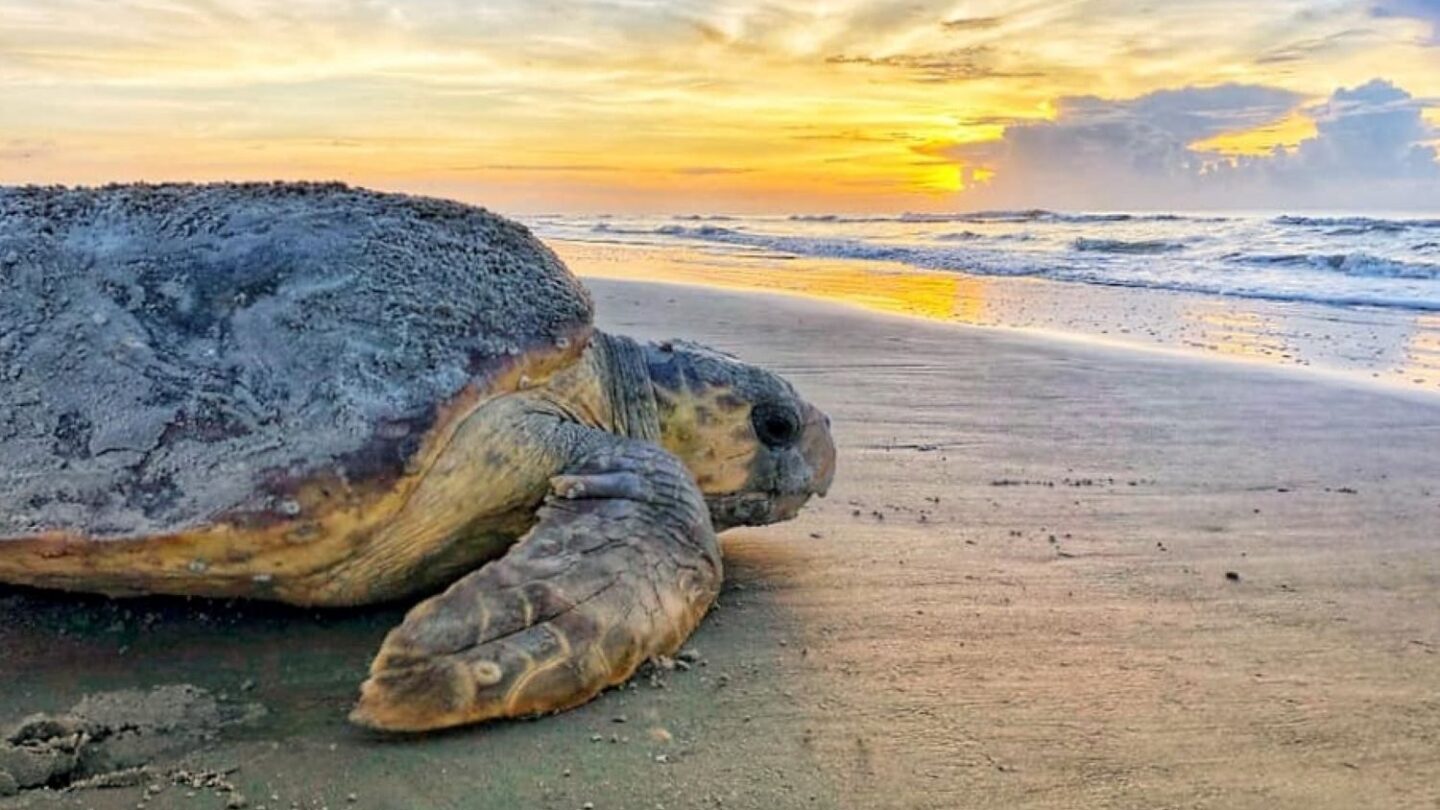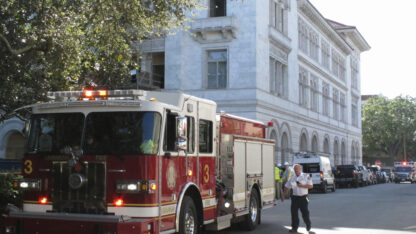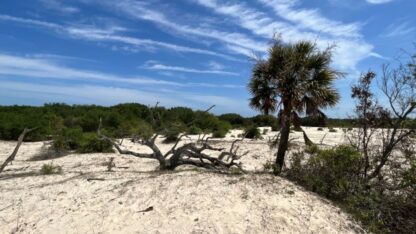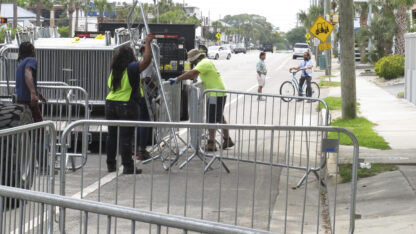Environmental groups score reprieve for sea turtles as Army Corps backs off Georgia coast dredging plan

Georgia coastal protection activists are celebrating good news for the rare sea turtle population that has been threatened by a channel dredging process that acts like a vacuum cleaner along the sea floor.
In response to the conservation group One Hundred Miles’ lawsuit, the U.S. Army Corps of Engineers agreed this month to study the threat of hopper dredging on loggerhead turtle fisheries and other wildlife in the Brunswick Harbor. The announcement that the agency will not proceed with year-round dredging while it studies its potential harm coincides with the discovery of the first sea turtle eggs of the 2023 laying season at Blackbeard Island National Wildlife Refuge.
One Hundred Miles is voluntarily dismissing the complaint filed with the U.S. District Court of Southern Georgia alleging that the Army Corps failed to perform a sufficient environmental review into the amount of harm that year-round dredging might cause turtles, fisheries and other wildlife.
The environmental group’s sea turtle project coordinator, Catherine Ridley, said she is confident that the study will provide enough evidence to support policies that protect nesting females as they swim through the channels and lay eggs on beaches during nesting season.
Last year, the Corps canceled plans to begin a month-long dredge in August. The process involves having vacuum-like suction capture weeds and other sediment so that cargo ships can more easily navigate the harbor.
The legal battle resumed in December after the Southern Environmental Law Center filed a complaint on behalf of One Hundred Miles urging the Corps to continue its decades-long practice of limiting hopper dredging to the winter months.
“We have a long way to go and that’s why it’s so important to prevent risky proposals like this one,” Ridley said. “So many of us are putting all of our efforts into protecting each and every nest on the beach this summer, but none of that matters if we can’t also protect turtles once they get into the water.
“This was a tremendous victory for our sea turtles and everyone who loves them,” Ridley said. “It’s a testament to the thousands of people across our state, who have stood up time and time again to make their voices heard.”
While concerns persist about long-term population stagnation for sea turtles, Georgia’s next cycle of sea turtles are arriving after last year’s record breaking 4,071 loggerhead nests, the highest number since 1989 when comprehensive nesting surveys began on barrier islands.
The 266,000 hatchlings produced on Georgia’s beaches in 2022, surpassed the previous recorded count in 2019.
The U.S. Fish and Wildlife Service confirmed the first sea turtle eggs of the nesting season were spotted on May 1 at the Blackbeard Island, a 5,618-acre wildlife refuge located off the northern end of Sapelo Island in McIntosh County.
Mark Dodd, senior wildlife biologist at the Georgia Department of Natural Resources, said that computer modeling predicts a more typical season of about 2,800 nests this year.
In spite of a potential plateau in population growth over the next 15-20 years, sea turtle numbers may still reach their highest level since the 1950s.
Ridley and Dodd credit the efforts of a Sea Turtle Cooperative made up of 200 volunteers, researchers, and agency employees with monitoring and protecting sea turtles. Loggerhead turtles reach sexual maturity between the ages of 20 and 30 and usually lay 50 to 100 eggs in a single nest hidden from predators in a deep hole.
“The cooperative has done a tremendous amount of work,” and with a measurable impact, Dodd said. “We started out averaging about 850 nests a year and in the last five years we’re right at 3,000 nests.”
This story was provided by WABE content partner Georgia Recorder.








